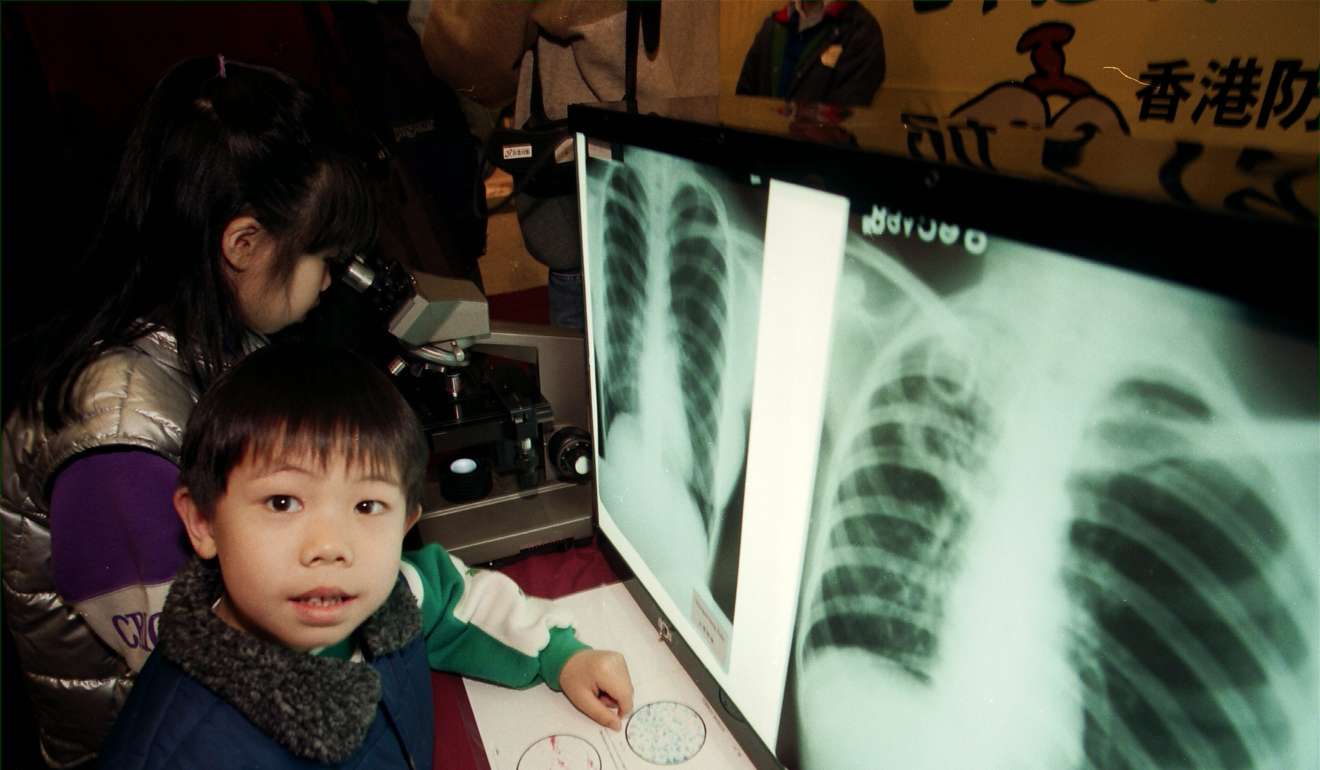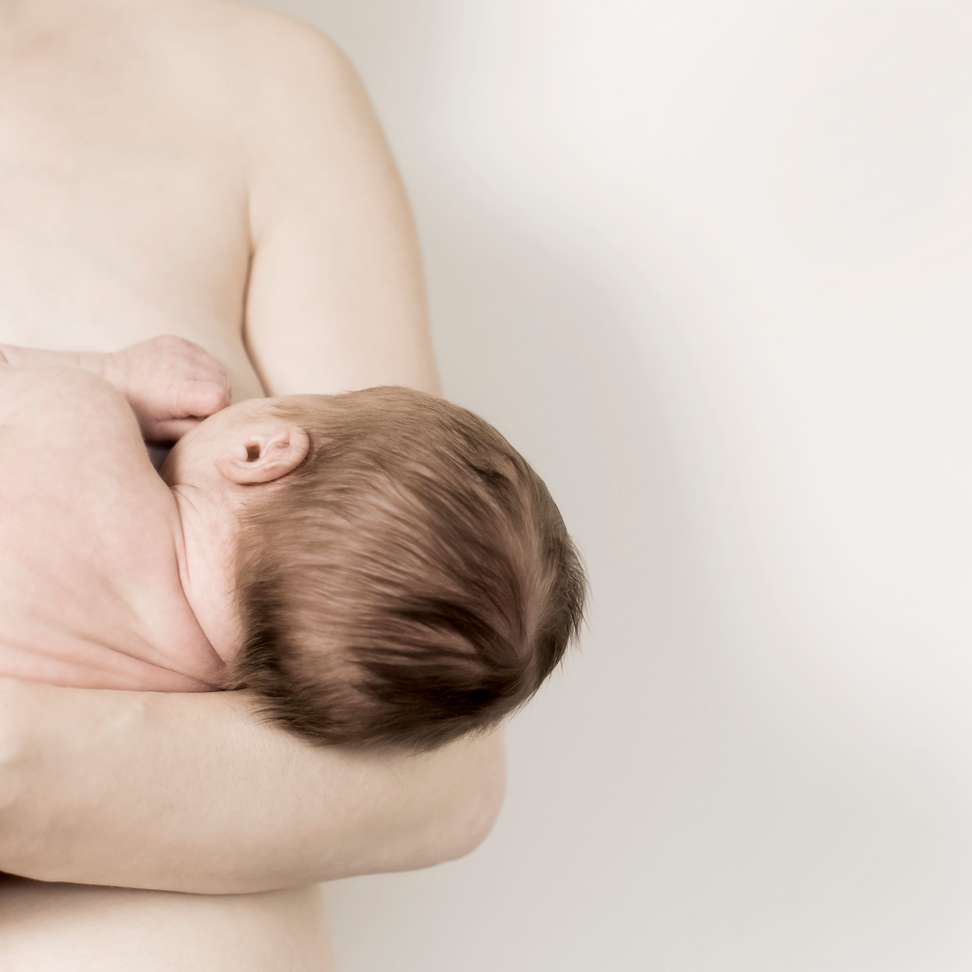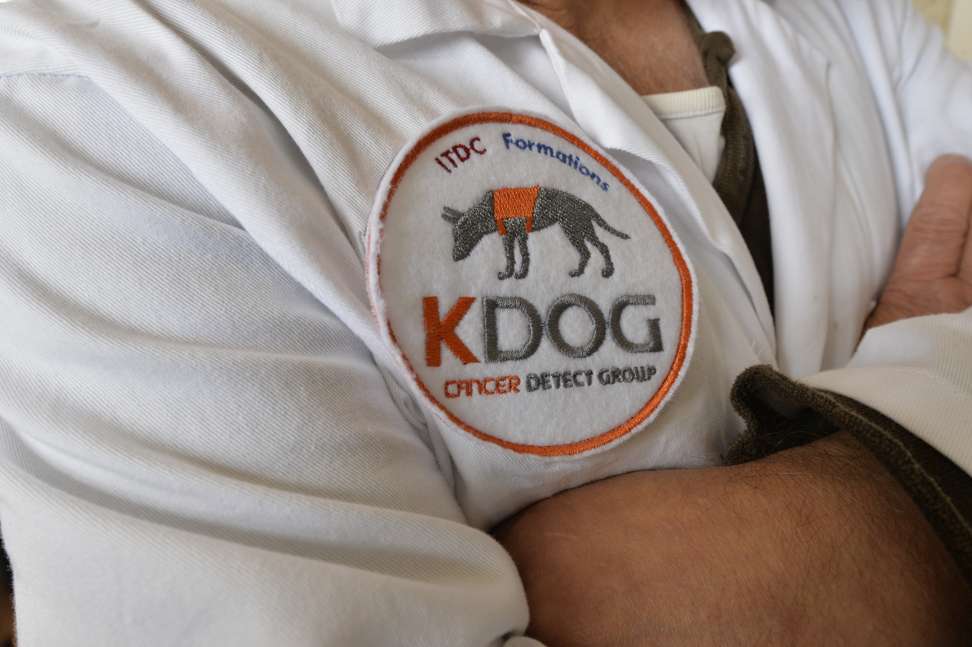
How dogs can detect breast cancer just by sniffing a piece of cloth
Novel experiment using specially trained German shepherds could revolutionise treatment of disease in poor or remote places where mammograms aren’t readily available
Specially trained dogs can sniff out cancer from a piece of cloth that has touched the breast of a woman with a tumour, say researchers, announcing the results of an unusual, but promising, diagnostic trial. With just six months of practice, a pair of German shepherds became 100 per cent accurate in their new role as breast-cancer spotters, the team said. The technique is simple, non-invasive and cheap, and it could potentially revolutionise cancer detection in countries where mammograms are hard to come by.
“In these countries, there are oncologists, there are surgeons, but in rural areas often there is limited access to diagnostics,” says Isabelle Fromantin, who leads cancer-detection project Kdog. This means that “people arrive too late” to receive life-saving treatment, she adds. “If this works, we can roll it out rapidly.”
Working on the assumption that breast cancer cells have a distinguishing smell that sensitive dog noses will pick up, the team collected samples from 31 cancer patients. These were pieces of bandage that patients had held against their affected breast. Dogs’ noses have roughly 125 million to 300 million scent receptors, while humans have a relatively paltry five million.
With the help of canine specialist Jacky Experton, the team trained German shepherds Thor and Nykios to distinguish cancerous rags from non-cancerous ones. “It is all based on game-playing” and reward, he explains. After six months, the dogs were put to the test over several days in January and February. This time, the researchers used 31 bandages from different cancer patients than those the dogs had been trained on. One bandage was used per experiment, along with three samples from women with no cancer.
Man’s best friend, indeed.

Speedy tuberculosis blood test in the works
US researchers have developed a fast blood test for tuberculosis that could eventually speed up diagnosis and treatment of the serious and sometimes-fatal bacterial infection. One of the oldest known diseases, tuberculosis, or TB, has killed an estimated billion people over the past two centuries.
A bacterial infection that attacks the lungs and can cause coughing, fever, night sweats and weight loss, TB is still one of the top 10 causes of death worldwide. About 10.4 million people were suffering from TB in 2015, and 1.8 million died from it, according to the World Health Organisation. However, diagnosing TB remains complicated.
“In the current front lines of TB testing, coughed-up sputum, blood-culture tests, invasive lung and lymph biopsies, or spinal taps are the only way to diagnose TB,” says Tony Hu of Arizona State University’s Biodesign Institute, which led the effort to develop the new test. “The results can give false negatives, and these tests are further constrained because they can take days to weeks to get the results.”
The new test “outperforms all others currently on the market” and can be completed in hours, researchers said in a statement. It is also the first to measure the severity of active TB infections by looking at two proteins – called CFP-10 and ESAT-6 – that TB bacteria release into the blood only during active infections. Its accuracy was about 92 per cent, regardless of whether patients were also infected with HIV, which can require more complicated testing for TB.
The test is not yet available to the public, and its cost has not yet been determined. A report describing the test was published in the Proceedings of the National Academy of Sciences, a peer-reviewed US journal.

Breastfeeding still best for babies – they have higher IQs
There are lots of reasons why doctors encourage new mothers to breastfeed their babies. Compared with babies who get formula, babies who are breastfed are less likely to die as a result of infections, sudden infant death syndrome, or any other reason. The longer a mother nurses – and the longer she does so exclusively – the bigger the benefits, studies show.
Another perceived benefit of breastfeeding is the possibility that it boosts a baby’s brain. A clinical trial, involving more than 16,000 infants in Belarus who were randomly assigned to get either special support for breastfeeding (based on a programme from the World Health Organisation and Unicef) or a hospital’s usual care, found that babies in the first group scored an average of 7.5 points higher on a verbal IQ test and 5.9 points higher in overall IQ. Teachers, apparently, could tell the difference – children whose mothers got extra help with breastfeeding got higher marks in school for both reading and writing.
That result is something of an outlier. In an analysis of 17 studies on breastfeeding and IQ, the four that were considered to be of highest quality also found an association between breastfeeding and higher IQ, though the benefit was only 1.76 points, on average. Each study had at least 500 participants and took a mother’s IQ into account, among other factors.
The latest data came from a study of about 7,500 Irish children who have been tracked since birth as part of the ongoing Growing Up in Ireland study. The results were published on Monday by the journal Pediatrics.

